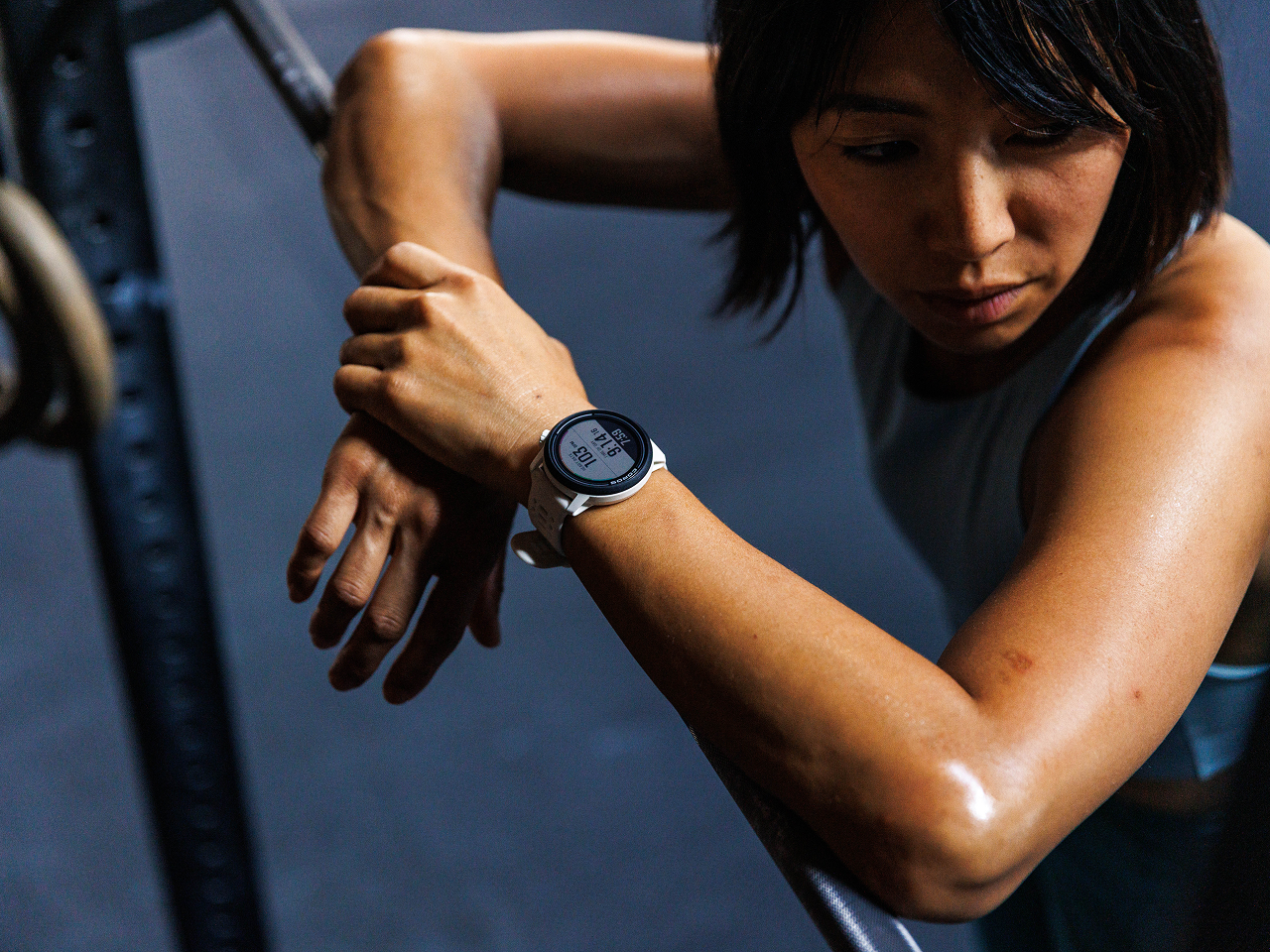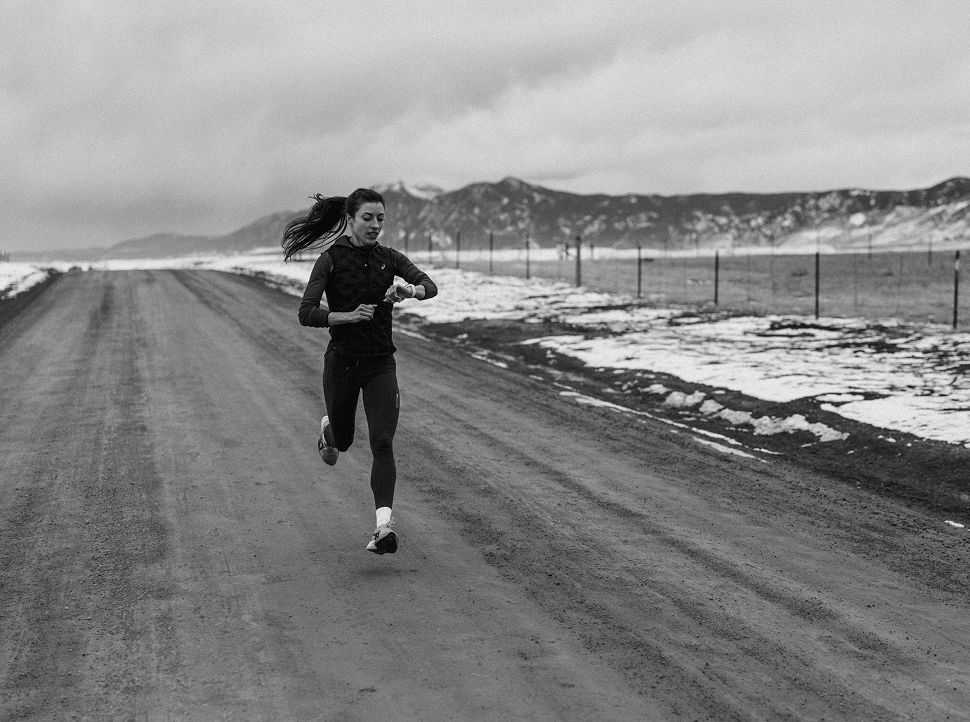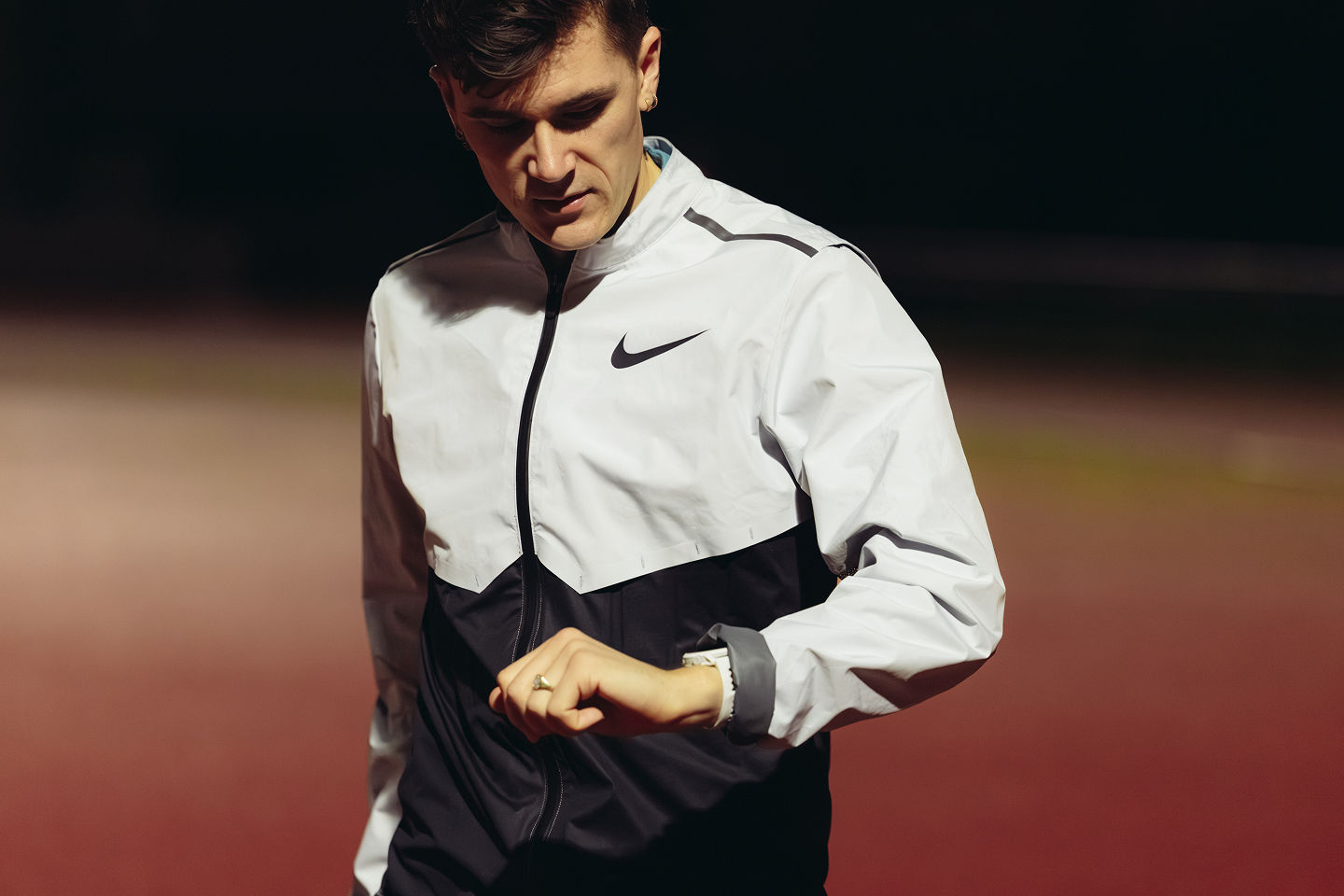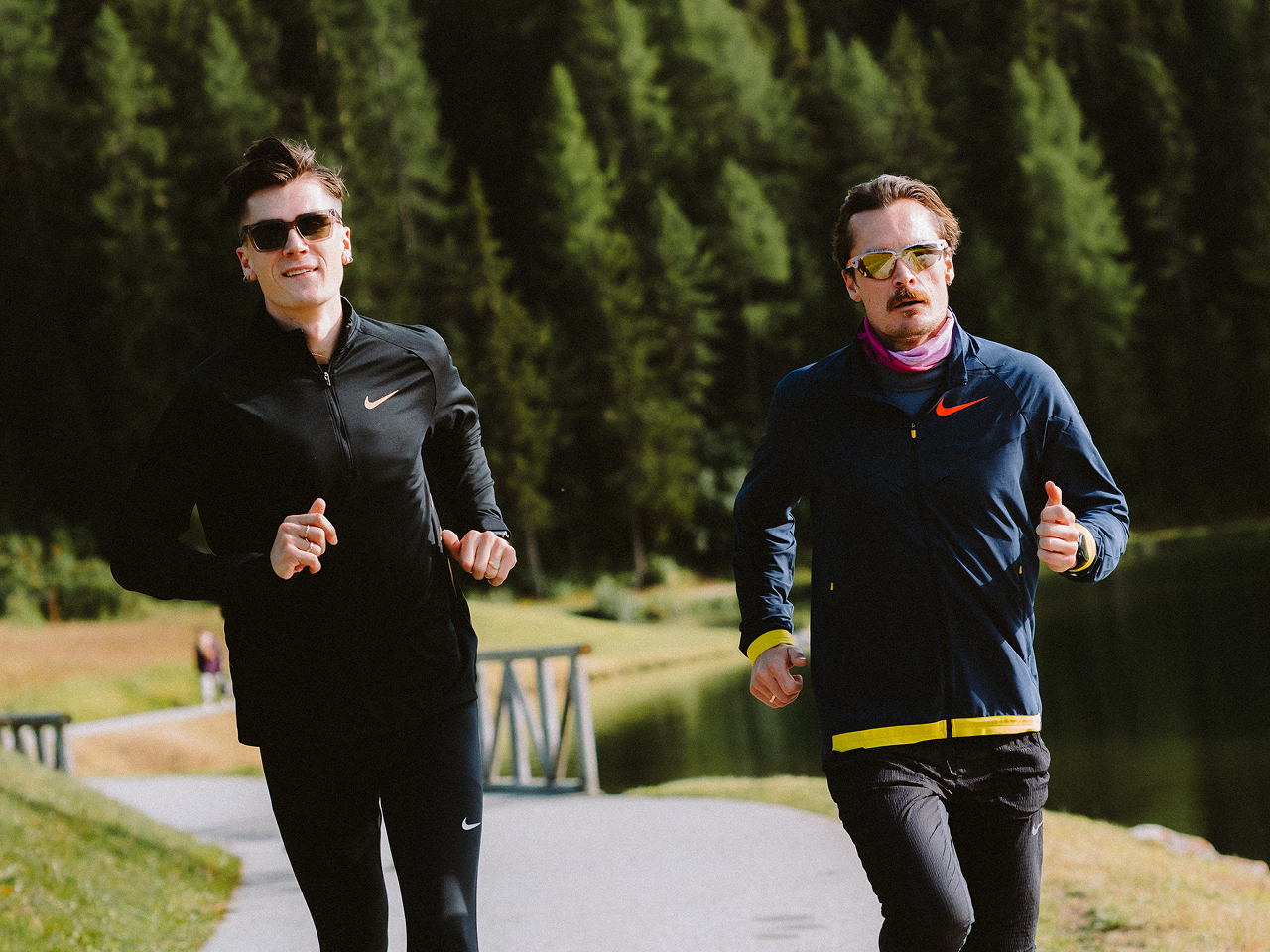In the world of athletics, training hard and pushing limits often takes center stage. But even the greatest athletes in the world, like Eliud Kipchoge, recognize that recovery is just as essential for athletes as the workouts.
For athletes, recovery is more than just a break from training. Recovery days are a key part of the process that ensures peak performance and longevity in their sport. Understanding how to effectively manage recovery can make a significant difference in an athlete's performance and overall well-being.
Why Does Recovery Matter for Athletes?
The ultimate goal of being an athlete is to improve. Some want to improve their race times, while others may just want to better their health. When athletes train, the intense workouts cause muscle fibers to break down. In response, the body repairs itself to be stronger than before.
The cycle of improvement is a cycle of breaking down and building up - hard work and recovery. While athletes do the hard work in their training sessions, recovery happens during the time in between. "I see it as part of the job," says Marc Scott, one of Kipchoge's teammates."Its equally important as the training itself and should be viewed as that."
Balancing the two sides is important. Too much work with too little recovery, and your body will break down. Overtraining like this can lead to injuries along with physical and mental burnout. On the flipside, too little work will not cause a significant rebuilding phase, and fitness will stagnate.
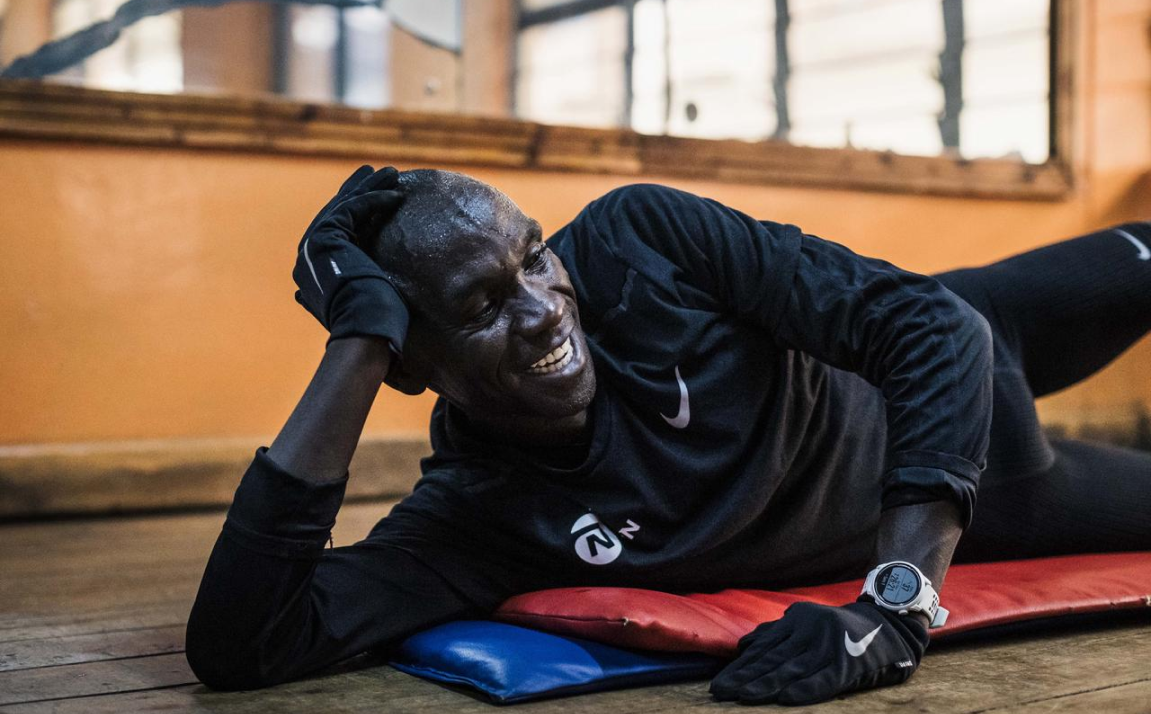
Elite athletes become masters at balancing work and rest
Overtrained and under-recovered athletes are more common than one might think. While a physical injury might occur in more extreme cases, many athletes simply suffer without noticing. These athletes enter a hard workout not fully recovered, aren't able to perform their best, and don't get as much benefit as a result. Over time, the lost benefits add up.
Now that we've established why recovery is critical, it's time to outline what the process looks like.
How to Recover
Most recovery falls into two main categories: passive and active. Each has its benefits and drawbacks, and both have a place in an athlete's toolbox.
Passive recovery involves a total absence of exercise. Making dinner or watching your favorite movie are both forms of passive recovery. Sleep, the #1 most important recovery tactic, also falls into this category. As Eliud Kipchoge puts it, "The body also needs its rest, so I go rest during the day and sleep enough hours [at night]." Passive recovery is best placed after a hard training session. So take it easy, wind down, and prioritize a full night of sleep after your toughest workouts.
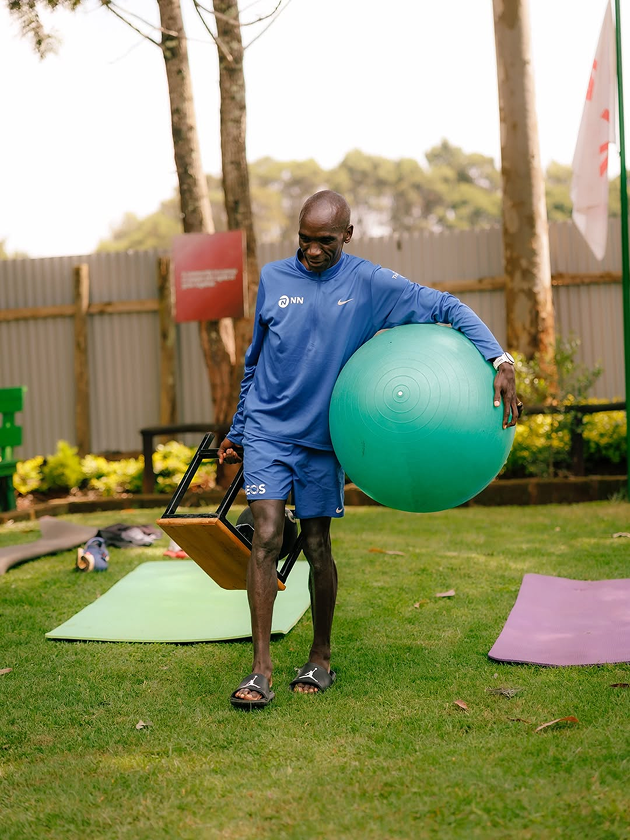
Yoga is a great form of active recovery for athletes
Too much passive rest at once can lead to reduced bloodflow and actually limit the rebuilding process, which is where active recovery comes in. Active recovery consists of low-intensity activities that promote blood flow while not adding stress to the body. Going for a walk or participating in yoga are both great for an active rest day. The additional blood flow from these activities helps remove waste from damaged muscles and deliver nutrients for repair.
COROS Education: Training Load takes into account the volume and intensity of your workouts. Active recovery activities will have lower training loads compared to workouts.
Most popular recovery-based activities based on the same premise: enhanced blood flow. Eliud Kipchoge says "We do ice bath recoveries and massages for example." Ironically, it starts with restricting bloodflow, either with physical pressure (massage) or cold temperatures. Once the constriction is released, vessels rapidly dilate, and blood flow rebounds above baseline. As a secondary benefit, massage-based tools like foam rollers can reduce stiffness while ice baths can reduce inflammation.
An often-overlooked aspect of recovery is the power of the mind. Emotional and mental well-being have a measurable impact on your ability to recover and adapt from training. Eliud Kipchoge, known for his calm presence, has become a master of this as well. He puts it simply: “I read books, and have fun and good conversations with my teammates, family and friends to keep a well balanced and happy mind.” Laughter, connection, and quiet moments all help reduce stress, improve sleep quality, and keep training sustainable over the long term. Recovery works best when it supports the whole athlete, not just the muscles.
How to Know When to Rest
Every athlete is different, so the balance between work and rest will vary from person to person. Ultimately, your body will signal when it needs to recover. Originally, athletes spent years learning their body's signs, but today, COROS' recovery metrics make it easier than ever. Below is a list of metrics that provide insights into what your body is saying.
• Recovery Timer takes into account the intensity and duration of recent aerobic activities. It tells how recovered you are and how long until you reach full recovery. If you have a long recovery timer, like the image below, it's probably time to recover.
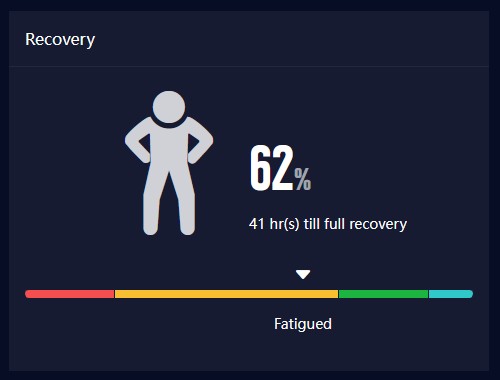
A drained athlete may have a long recovery time.
• Resting Heart Rate (RHR) is one of the body's clearest signals. If your resting heart rate is higher than normal, it indicates higher stress. Lack of recovery, illness, or even travel can elevate resting heart rate and indicate that you need extra recovery.
• Heart Rate Variability (HRV) is another metric in which both exercise and daily life variables factor in. It measures nervous system fatigue, or the brain's efficiency in sending signals to working muscles. If it is below your normal range, it shows a need for recovery. This metric is unique to each person, so only compare against your own recommended range.
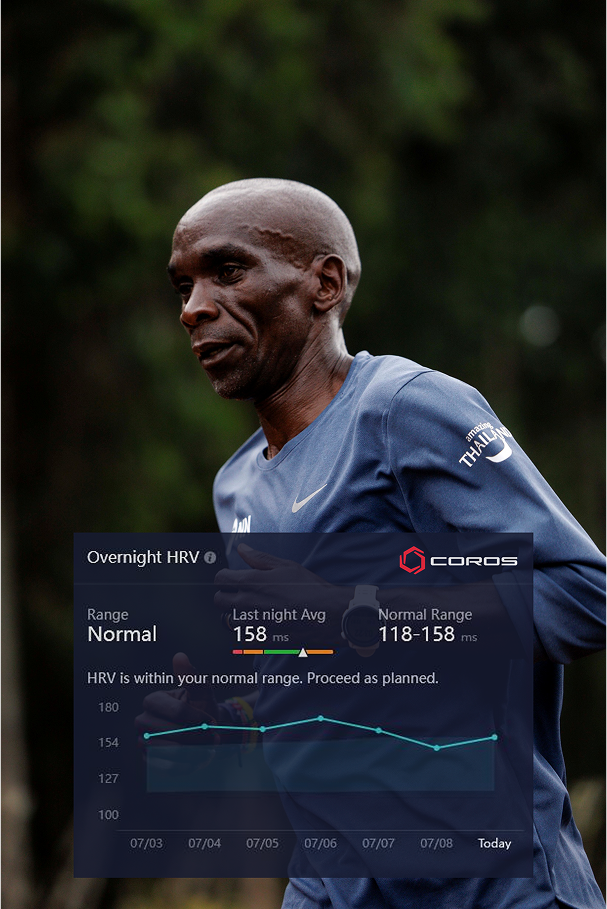
An HRV Graph from Training Hub
Coaches Tip: COROS devices record RHR and HRV automatically every morning, but you can check them anytime with the wellness check.
Adding Recovery to Your Routine
To fully benefit from recovery days, athletes should integrate regular recovery into their training schedule. Recovery days are an essential part of any training regimen. They allow muscles to repair, prevent overtraining, and rejuvenate the mind. Here are some tips to including and maximizing recovery time into your training routine:
• Schedule Regular Recovery Days. Plan active rest days into your training schedule just like you would a long run or interval workout. Remember to use active rest activities to stay engaged without overloading the body. Whatever your goals may be, have a recovery plan in place.
• Progress isn't Always Linear. Increasing volume or intensity every week forever just doesn't work. Not only should we be okay with lower-volume weeks, they should be embraced. Just like on the day-to-day scale, recovery is also critical on a larger week-to-week scale. Nienke Brinkman, another teammate of Kipchoge's, noted, "Over the week, the easy training intensities are built in to recover from the harder intensities. Then, on a larger scale, sometimes I take a "deload" week, to really absorb a training block that lasts for a couple of weeks." In the official COROS training plan library, each plan has built-in periods with additional recovery every 3-4 weeks.
• Make the Most of Your Recovery with active rest, sleep, hydration, nutrition. Each of these can boost your recovery and get you refreshed and ready to train hard.
• Utilize Technology: Check the recovery features in Training Hub regularly. COROS measures RHR and HRV daily, and updates the recovery timer hourly, so keep an eye on these for any signs of fatigue.
• Listen to Your Body: While we can track some signs, the body is still complex. Pay attention to signs of fatigue, soreness, and mental burnout. Sometimes, simple is best - if you're tired, take some time to rest.
For motivated athletes, taking a step back from working hard can be difficult. However, when balanced correctly, athlete recovery can be a weapon for success. As Eliud Kipchoge has shown, world-class performance is built on consistency, composure, and care for both the body and mind.

/filters:quality(90)/fit-in/970x750/coros-web-faq/upload/images/74c40d776963f5f717f9c524763ae948.png)


